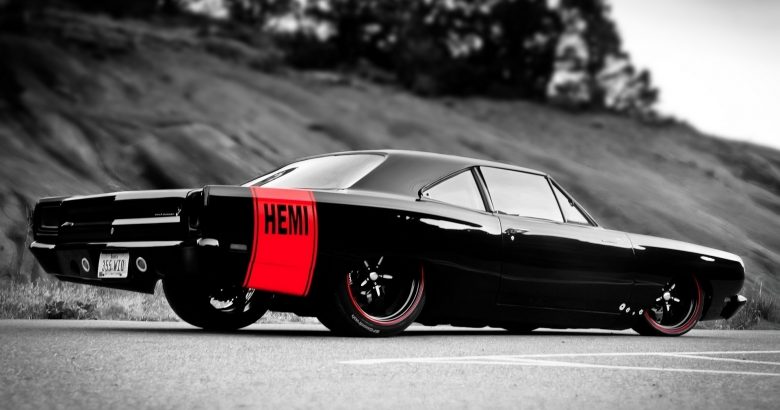
HEMI History
It’s a word most the car people throw around a lot. Even on TV there are commercials that loudly tout “It’s a Hemi!” But what is a hemi, is it a real feature or just a marketing term? As it turns out, It’s both today. Thanks to the Service Department at Kims of Laurel, MS, a full service Chrysler, Dodge, Jeep, Ram dealer, we have the whole story for you.
It came from Chrysler
In 1951 Chrysler introduced a new line of V8 engines with a unique shape to their cylinder heads. Unlike previous engines, these new Chrysler engines had combustion chambers that were cast in the shape of a perfect dome, or hemisphere. The name “Hemi” was soon applied to the design and later in the 50s, it became a brand name registered by Chrysler Corporation.
Superior design
The Hemi design is legendary in automotive engineering history. The hemispherical combustion chamber allowed engineers to do something they could never do before; they had enough room inside the head to place the intake and exhaust valves opposite each other. This allowed nice large valve surface areas and beefy head cooling passages, both of which made for a much cooler running engine. And, because the engine was cooled so well, higher compression ratios could be designed in resulting in an engine that also produced superior horsepower and torque.
So powerful it was banned
Chrysler’s Hemi engines were built during the 1950s and 60s. During this time, they had models such as Chrysler (with the FirePower Hemi Engine), DeSoto (with the FireDome Hemi Engine), Dodge (with the Red Ram Hemi Engine). Because the cars were so powerful and with fuel costs at historic lows, the automotive public loved these powerful Chrysler cars. In fact, when researching this article, we spoke to Reedman-Toll Chrysler, a leading PA dealership, and they told us that in 1964, the Chrysler 426 HEMI Engine was actually so powerful that it was banned from NASCAR races as “unfair competition”.
End of the line
However, good things sometimes come to an end before their time and Chrysler’s Hemi engine is one of them. The downside to the traditional Hemi design was complexity. From the beginning, Hemi engines have had two rocker shafts per head and a relatively complicated valve train. While this lent itself to engines that delivered excellent performance, it cost Chrysler more money to make them. Unfortunately, this would set the stage for the phasing out of the original Hemi engine design and the debut off far cheaper wedge-head designs.
The marketing department gets involved
Today we see many a lot of vehicles that bear the Hemi designation but this a branding move. Today, no one makes a true hemi engine. While some of today’s engines have opposing intake and exhaust valves, they don’t have true hemispherical cylinder heads. That doesn’t stop the marketing department from using the label, though. You will see the Hemi designation on Ram trucks today but they don’t have what is really a hemi engine. Close though.
Source: Kims of Laurel, MS